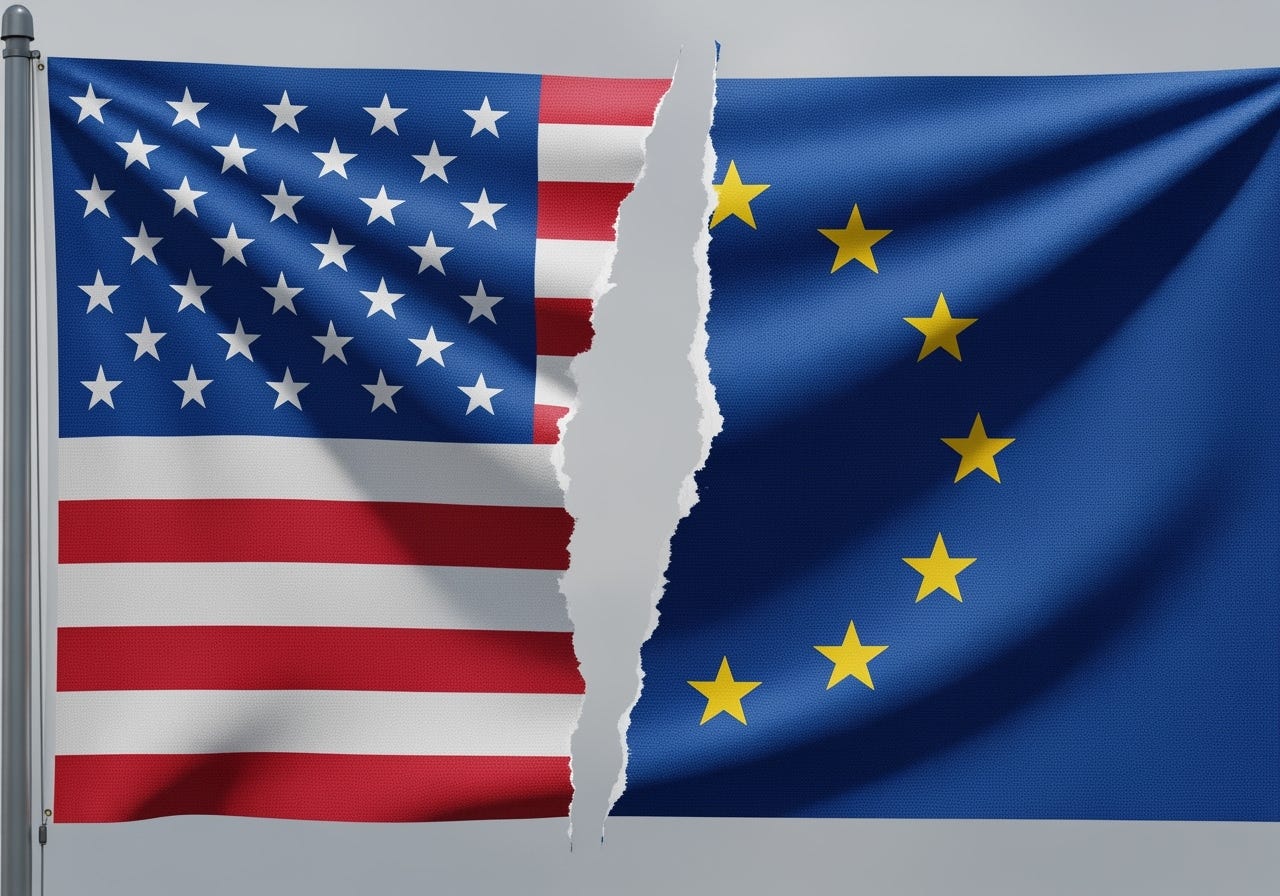Core Brief: What Is EU Culture? What Is American Culture?
The EU no longer needs to kowtow or adapt to American expectations, it can operate from its cultural perspective - that may well change the world
Now that the EU can no longer depend on or trust the US, it no longer needs to obey it. This means the EU can work from its cultural perspective rather than adapting to meet American expectations.
The EU consists of 27 countries and many more cultures. The US Census Bureau identifies nearly 1,500 cultures in the US. In the book “11 Nations,” Colin Wooda…



